Looking at old Model Railroader back issues, I found poisonous model railroad materials. I give those hobbyists a lot of credit; you couldn’t drive over to the hobby store and pick up ground cover or resin to make a water feature. You often used materials from the hardware store, or whatever you had on hand. Unfortunately, some of these items weren’t very safe. I found three more toxic chemicals and two questionable practices from days gone by.
If you missed my other article, Toxic chemicals on model railroads throughout history, I suggest reading that one too.
Note: We’re providing this article for information and entertainment only. We are definitely not endorsing any of these substances or practices for hobby use.
Carbolic acid (phenol)
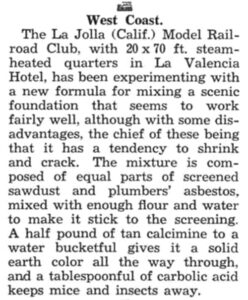 Carbolic acid, also known as phenol, was first extracted in 1834 from coal tar. Joseph Lister discovered the antiseptic properties of phenol in the late 1800s, first using it to treat wounds. Phenol is still widely used today in the medical field. It also is a component of industrial paint strippers and other small-scale uses.
Carbolic acid, also known as phenol, was first extracted in 1834 from coal tar. Joseph Lister discovered the antiseptic properties of phenol in the late 1800s, first using it to treat wounds. Phenol is still widely used today in the medical field. It also is a component of industrial paint strippers and other small-scale uses.
Phenols is toxic to the eyes, skin, and respiratory tract. Because it’s absorbed through the skin quickly, it can cause both severe burns and systemic poisoning and even death.
In the November 1940 issue, in the “Along the Division” column, the La Jolla Model Railroad Club suggested a recipe for a scenic foundation that included asbestos, sawdust, and a tablespoon of carbolic acid “to keep the mice away.”
DIY power supplies
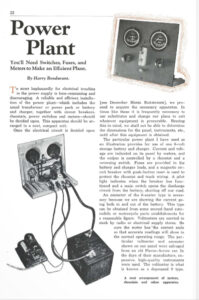 Today’s hobbyists have many choices for power supplies for their locomotives, but in the early days of model railroading, modelers had to get creative. I found several do-it-yourself references to building power supplies and/or charging systems.
Today’s hobbyists have many choices for power supplies for their locomotives, but in the early days of model railroading, modelers had to get creative. I found several do-it-yourself references to building power supplies and/or charging systems.
The May 1935 issue had several references to DIY power supplies, including a suggestion to stuff a wet acid battery with cotton to make it more like a dry battery cell. If that isn’t your style, there’s an article on building your own power supply using an automobile battery.
Handheld blowtorch
Blowtorches have been around for centuries, initially being known as “blown lamps,” having a wick-oil lamp with a handblown tube alongside the flame. These are a far cry from today’s blowtorches, many of which use pressurized butane or propane.
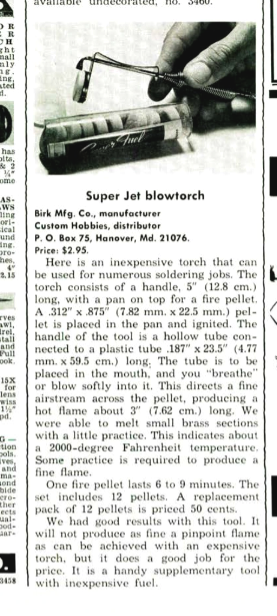
I was quite surprised to see this variant of a “blown lamp” from the November 1970 issue, reviewed by an unnamed staff member. A small torch uses a pellet as a fuel source, and you blow into the attached tube to direct the flame toward your project. The reviewer estimated a 2,000-degree Fahrenheit temperature, based on how he was able to melt small sections of brass track.
Lead paint
White lead was produced as a pigment as far back as the 4th century B.C. Lead was added to paint to accelerate drying and increase durability. However, the process was noted as dangerous even in medieval texts. Benjamin Franklin wrote a letter to a friend about the hazards of lead and lead paint in 1796.
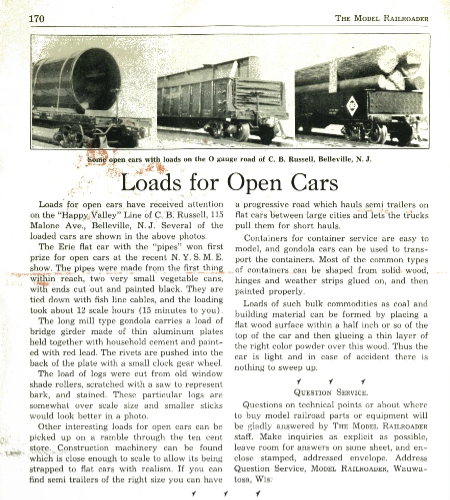
The U.S. Consumer Product Safety Commission banned lead paint in 1977 in residential and public buildings, along with toys and furniture containing lead paint. As of 2018, there still are an estimated 37 million homes/apartments with lead paint in the United States.
Ingestion of lead causes nervous system damage, kidney damage, reproductive problems, stunted grown, and delayed development. High levels of exposure can be deadly.
Given the widespread use of lead paint, it’s not surprising it was used in the hobby. Note this article from July 1935, suggesting the gondola be painted with “red lead.”
Water glass (sodium silicate)
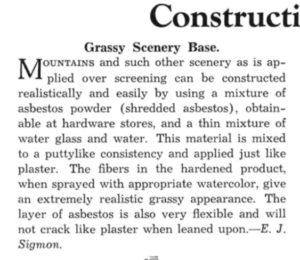
Sodium silicates, also known as water glass or liquid glass, were discovered in the mid 1800s. They have a wide variety of uses today, from sand casting, automotive repair (to seal cracks in the exhaust system), and concrete and masonry treatment. It can also be found in fertilizers and some household cleaning products.
Exposure to skin can cause irritation and burns, and inhalation may cause severe respiratory effects. Excessive consumption can cause shock and become life-threatening.
Coworker Steve Otte found instructions to make a grassy scenery base from powdered asbestos and water glass in the January 1943 issue. Hold your breath!
Questionable practices on model railroads–today
Fortunately, we have much safer materials to use on our model railroads today. But some tools and materials – hobby knife blades, rotary tools, solvent-based paints and cements, aerosols, and hot solder – can still cause illness and injury. Always use personal protective equipment and take proper safety precautions when modeling.






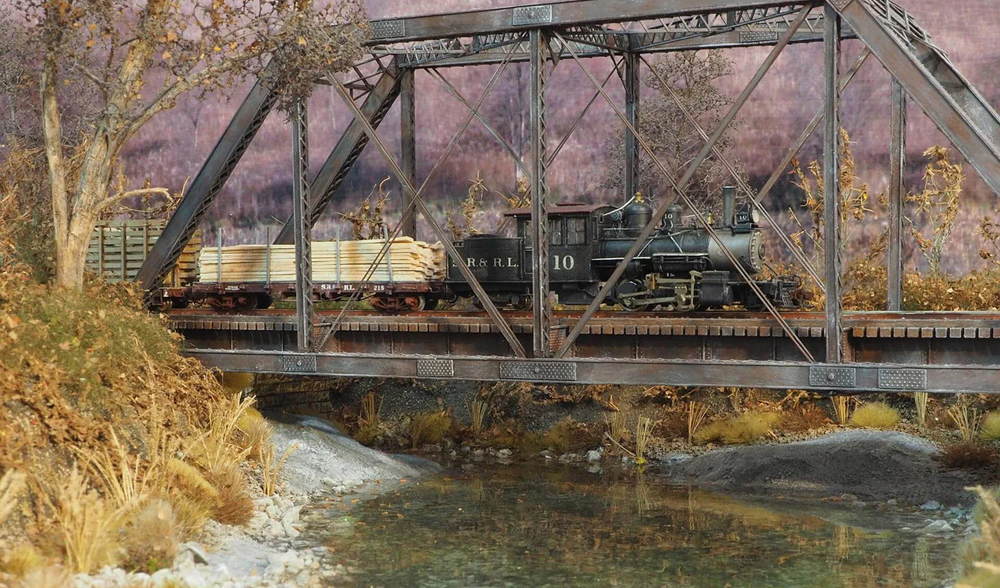
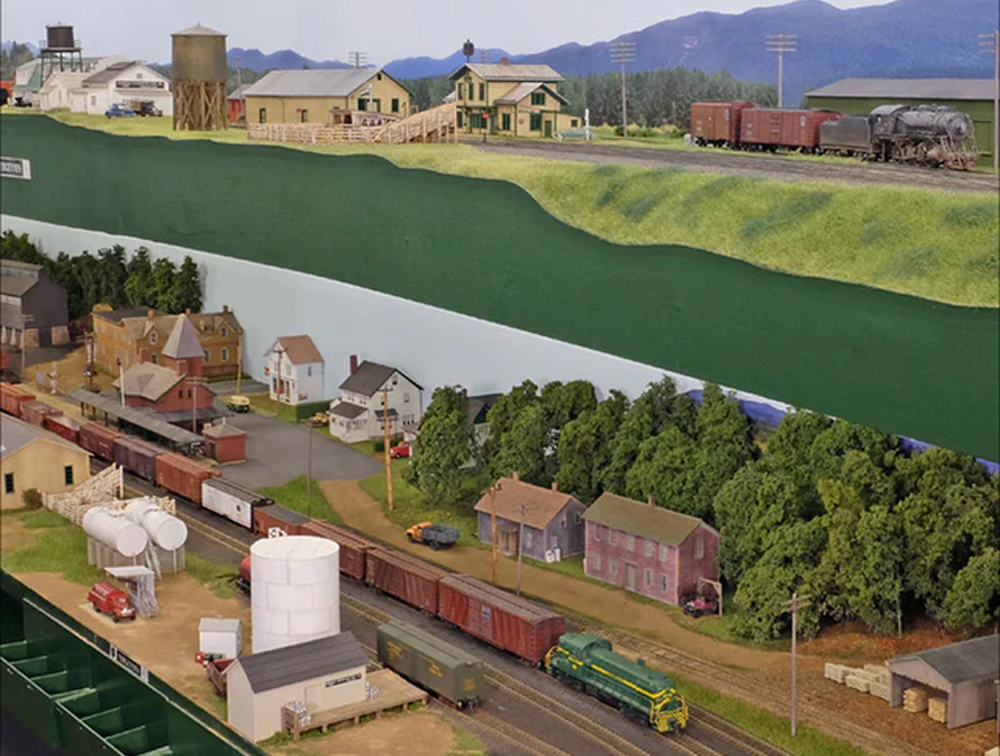
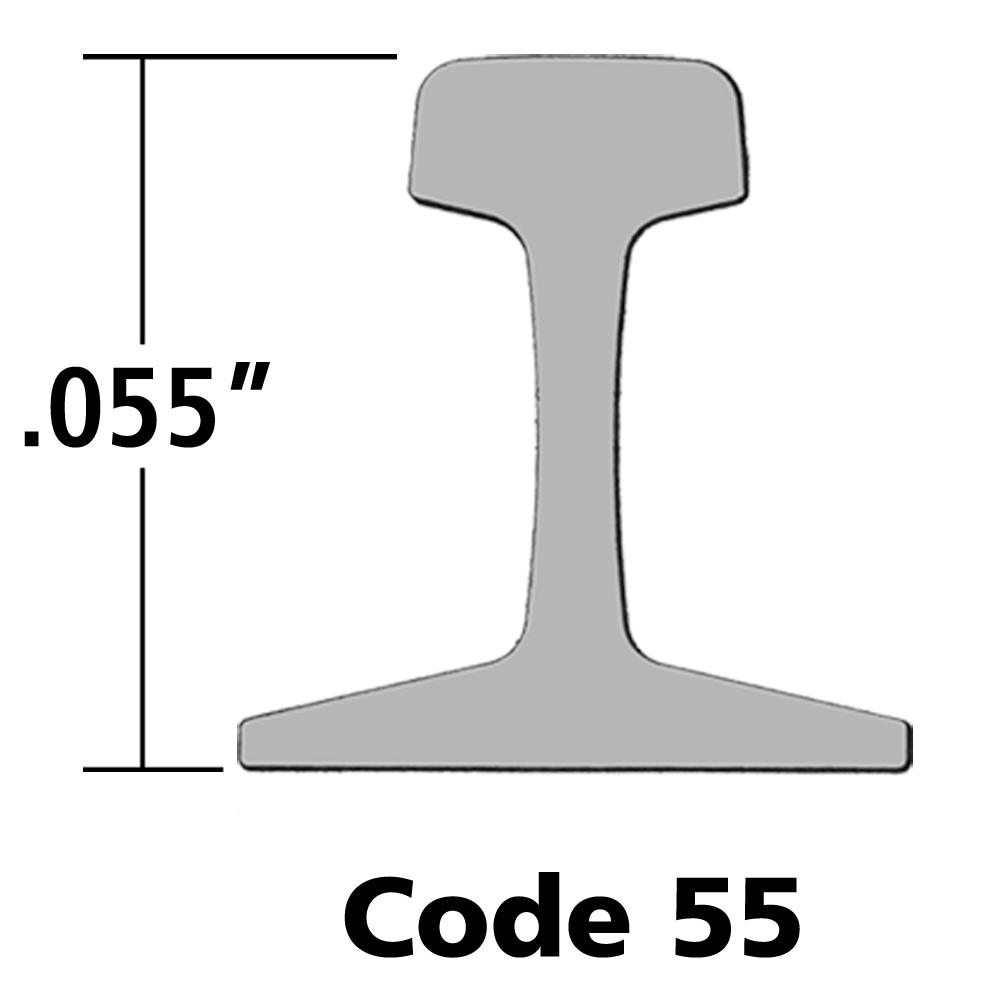
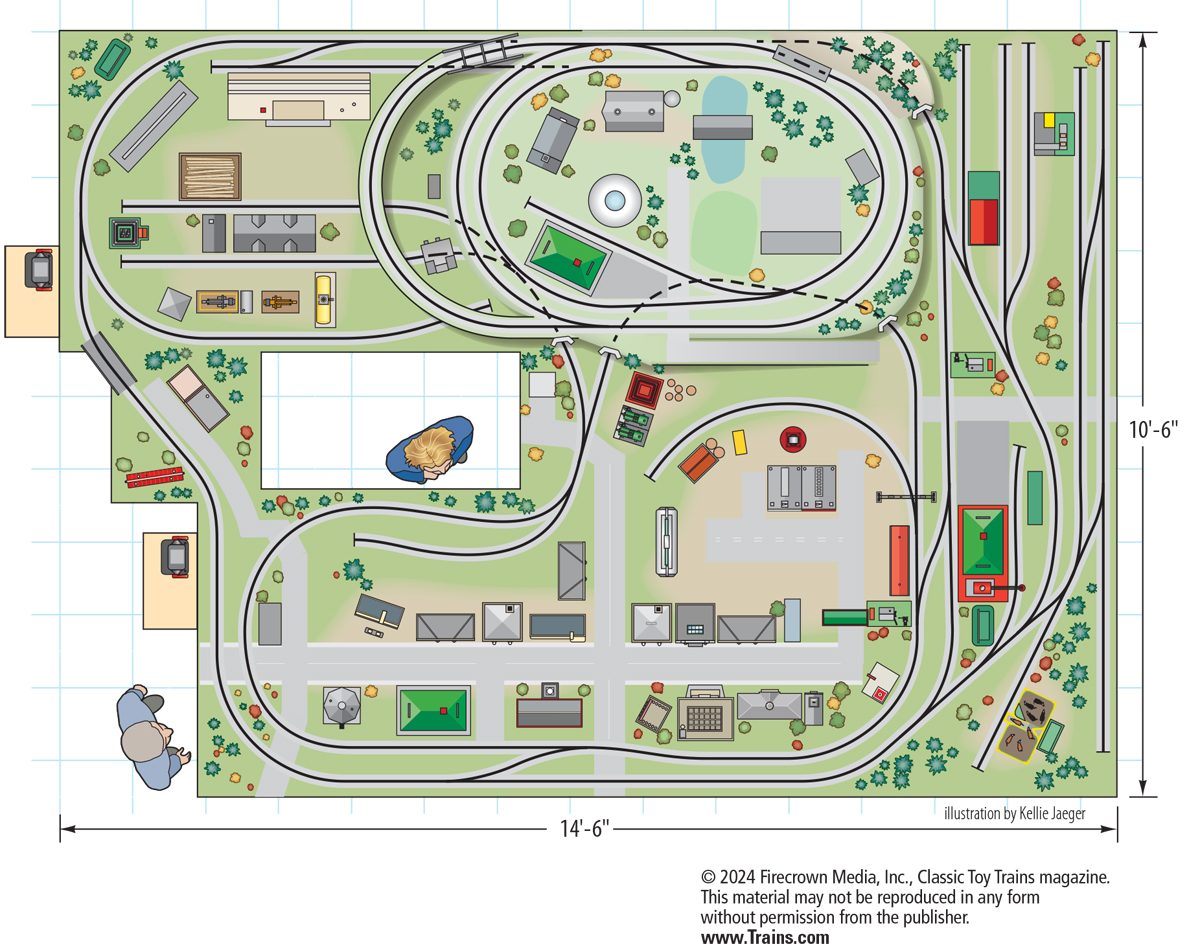


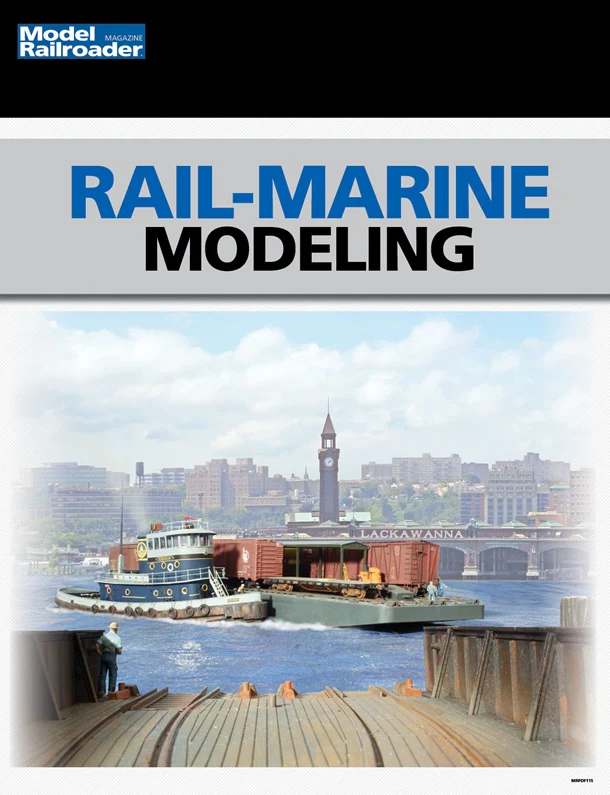

I think this was the best thing I read today!